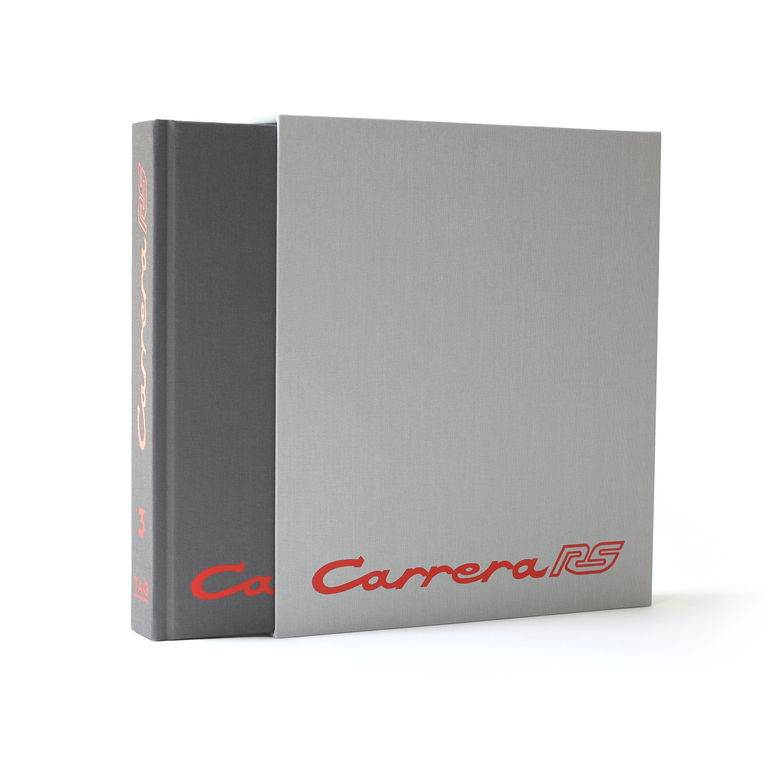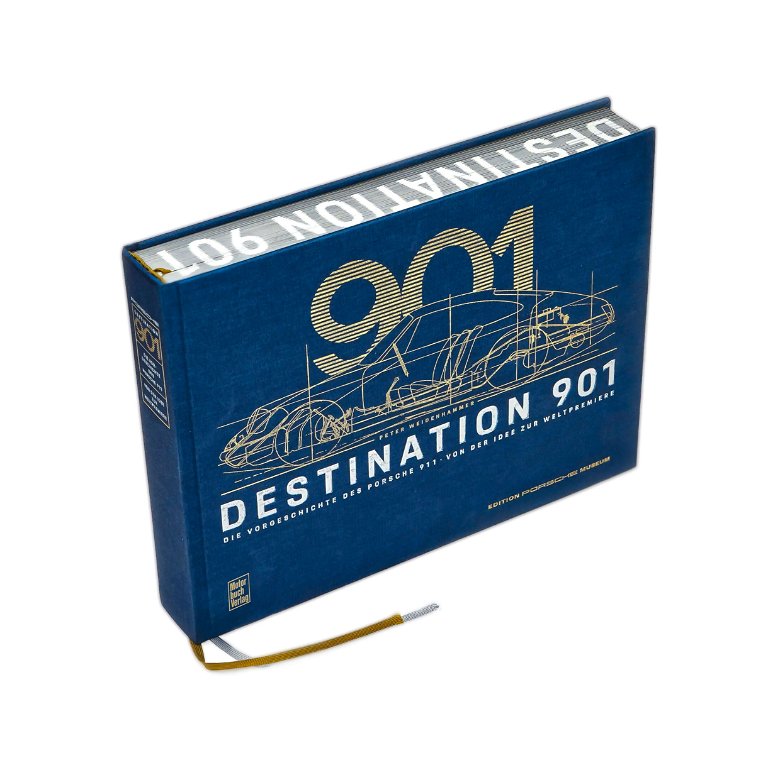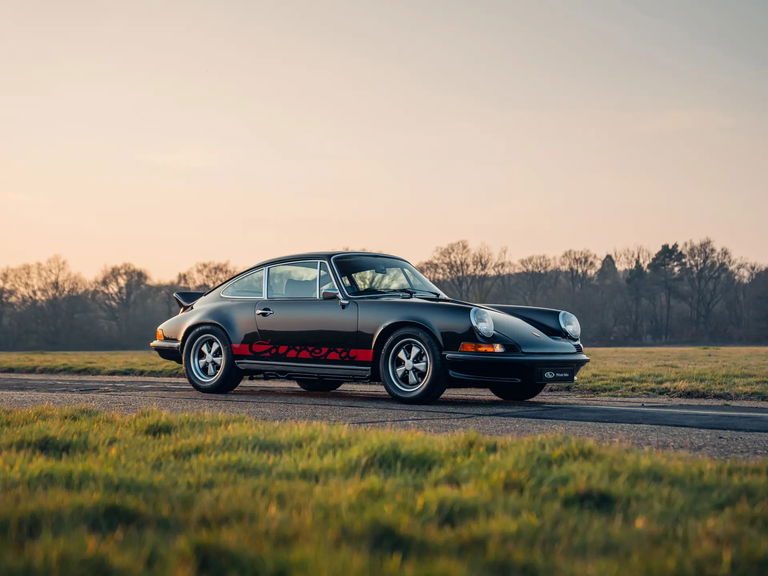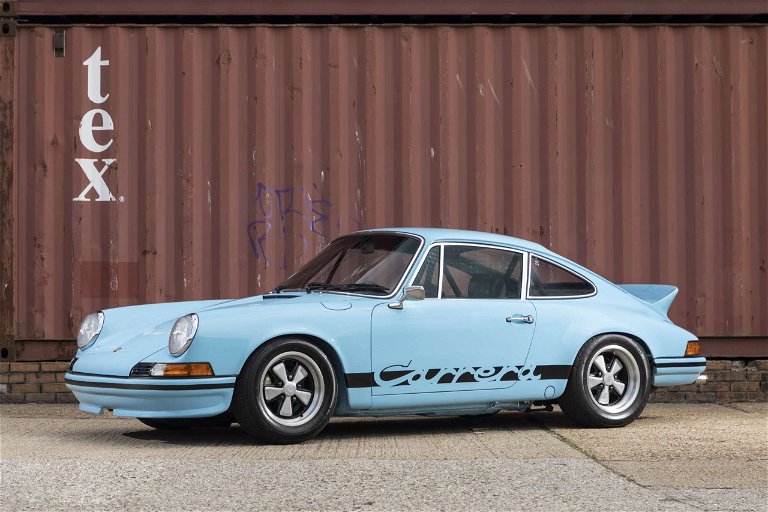Today the car remains in “as restored” and superb condition being presented in its original colour combination and being matching numbers. It has now covered a thought- genuine 70,010 kms from new and just over 6,000 kms since the rebuild was completed.
The car is accompanied by a superb file that documents and traces the car back to its first owner as well as containing a wealth of invoices confirming the extent of the full restoration and indeed its superior quality. The car has been meticulously maintained for the current owner by Neil Bainbridge and further improved. There is a VIN print report on file for the car, verifying the shell to be original and it’s matching numbers status.
This wonderful 2.7 Carrera RS Lightweight is available to view by appointment immediately.
The ultimate 911. There is no more iconic silhouette than that of the early 911 and of all the variations and differences in these cars the shape of the 2.7 RS with its Aerodynamic ducktail is the most instantly recognisable. It captured the imagination like the Jaguar E type had a decade before, and the initial run of 500 sold out almost immediately. Porsche had to reinstate production to build more – another 1,090, in fact – in order to meet demand.
RS stands for Rennsport in German, meaning „racing sport“. The Carrera name was reintroduced from the 356 Carrera which had itself been named after Porsche’s victories in the Carrera Panamericana races in Mexico in the 1950s. The reference “RS“ will quicken the pulse of Porsche connoisseurs. Models such as the legendary Carrera RS 2.7 of 1972, the 1991 964 911 RS, the 2004 996 GT3 RS and the 2007 997 GT3 RS are all normally aspirated sports cars that stand out on account of their extreme degree of manoeuvrability and handling.
These sensational cars also achieved great success on the race track, RS both in touring and in lightweight spec were raced in almost every sports car race, the lightly modified RSR examples scored victories in the Targa Florio, the 24 Hours of Daytona and the 12 Hours of Sebring all in their first year. Weighing in at only 975kg, 2.7 RS’s have an impressive top speed of 150mph and performance figures of 0-65mph in just 5.8 seconds.
Porsche built just 200 2.7 RSs in lightweight trim, which differed from Touring specification cars in the following ways; The fibreglass front and rear bumper panels had no metal and rubber trim added (just black tape), likewise there was no trim along the sides of the sills and no over-riders. The cars were fitted with lightweight racing seats fitted with turnbuckle adjusters and there was no clock fitted. There were no rear seats and no carpets in the front footwell, just rubber mats. The rear side windows were fixed whilst the doors have basic “railway carriage” pull leather strap openers and small plastic black draw handles with no door pockets. Under the bonnet there was only one battery (two in the Tourings), no “T”pull in the l/h door shut to open the engine compartment but two rubber “T” handles connected to a metal double hook fixed to the base of the bootlid. Supplied in this basic trim the lightweight cars were usually dispatched to privateer gentleman racers for competition use.




































